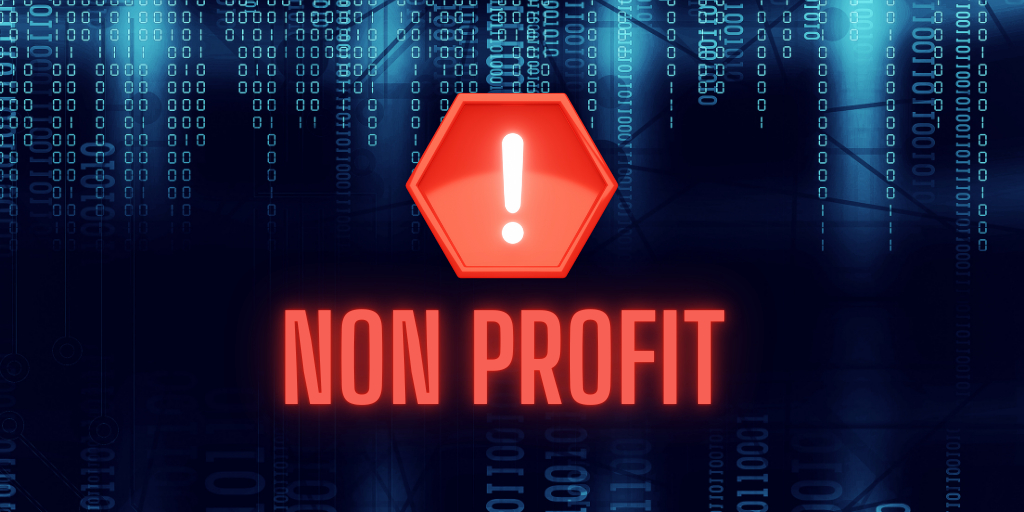Addressing CMMC Compliance Gaps for Small Businesses
Navigating the complex landscape of CMMC compliance can be a daunting task for small businesses, but with the right strategies, achieving and...
2 min read
.jpeg) Michael Markulec
:
Sep 29, 2023 11:55:00 AM
Michael Markulec
:
Sep 29, 2023 11:55:00 AM

The insurance business faces many cyber dangers in today's digital environment. The sector's substantial financial assets and valuable data make it an enticing target for malicious actors. Insurance companies must bolster their cybersecurity defenses to safeguard their assets and protect customer data. This blog will delve into the industry's most critical cyber threats and explore strategies to mitigate these risks.
Recent occurrences demonstrate the destructive potential of ransomware attacks, such as the $40 million Phoenix CryptoLocker attack on CNA Financial. Beyond monetary losses, these attacks disrupt operations, erode customer trust, and trigger a cascade of expenses related to remediation, legal proceedings, and regulatory fines. Mitigating the risk of ransomware demands proactive cybersecurity measures. Insurance companies must keep software and defenses up to date, invest in comprehensive cybersecurity solutions, and maintain multi-layered security strategies to protect their valuable data and ensure business continuity.
The compromise and illicit sale of policyholder data pose significant and prominent challenges. Cybercriminals prize Personal Identifiable Information (PII), and unauthorized access can lead to fraudulent activities, regulatory fines, litigation costs, and a loss of customer trust.
To safeguard policyholder data effectively, insurers must prioritize robust security measures, including identity and access management, firewalls, and VPNs. These tools ensure authorized access only, thwart intrusion attempts, and provide secure remote connections, effectively mitigating data breach risks.
Employees handling hundreds of files and emails daily often become susceptible to social engineering and phishing threats. The COVID-19 pandemic amplified these risks as cybercriminals exploited remote work vulnerabilities. To counter social engineering and phishing, companies should invest in cybersecurity training to help employees identify and respond to such threats. Consistent employee training and multi-layered security measures are crucial to mitigating these risks.
The industry's rapid adoption of cloud services and digital applications brings efficiency but also introduces security vulnerabilities like insecure APIs, misconfigured storage, and application weaknesses. Addressing these challenges requires adherence to secure coding standards and robust security measures for cloud services and applications. A strong security foundation is essential to protect sensitive data and prevent costly breaches.
Inadvertent disclosure and mismanagement of confidential data can have severe consequences. Mishandling documents or improper storage can lead to data leaks, exposing sensitive information. To prevent such incidents, insurers should enforce strict cybersecurity protocols for handling and managing sensitive data, including proper document disposal, secure storage solutions, and controlled access. Logging access history enhances security, allowing for the detection of potential breaches and accountability for mishandling information.
State-sponsored threats and hacktivist attacks pose growing concerns for the insurance industry. These adversaries, backed by foreign governments or driven by political and social causes, possess advanced skills and resources. Insurance companies must implement tailored security policies and leverage threat intelligence to counter these threats effectively. Managed IT services designed for the insurance sector provide specialized expertise and real-time threat insights, enhancing proactive defense against state-sponsored and hacktivist attacks.
Incident response and contingency planning are critical components of a cybersecurity strategy. Comprehensive Incident Response Plans (IRPs) equip organizations to respond swiftly and effectively to breaches, covering detection, analysis, containment, eradication, recovery and post-incident activities. Regular data backups and secure storage minimize the impact of cyberattacks, ensuring business continuity. Secure off-site storage and encryption offer additional layers of protection for sensitive data.
Machine learning and artificial intelligence play an increasingly vital role in cybersecurity. These technologies analyze extensive data sets, identify vulnerabilities, monitor suspicious activities, and anticipate emerging threats, bolstering the overall security posture.
In a world where cyber threats evolve, insurance companies must remain vigilant and adaptive. By addressing these cybersecurity challenges proactively and implementing robust defenses, insurance executives and business owners can protect their assets, maintain customer trust, and ensure their organizations thrive in the digital age.

Navigating the complex landscape of CMMC compliance can be a daunting task for small businesses, but with the right strategies, achieving and...

In an increasingly digital world, non-profits are prime targets for cyber threats. You can just discover how a Virtual CISO can protect your...

Small businesses must prioritize secure messaging to protect sensitive information and maintain customer trust.